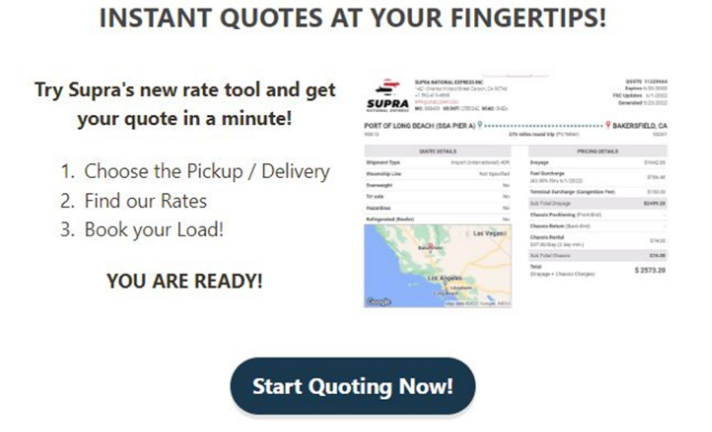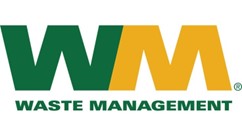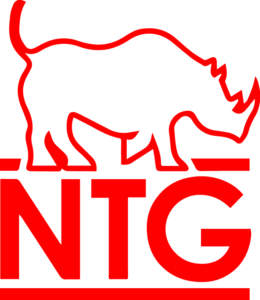There is little doubt after the last few years that truckers are the backbone of the modern shipping and transportation industry. However, without drayage trucking companies, the supply chain would halt. But what is drayage trucking exactly, and what should today’s businesses be looking for in a drayage trucking company? To answer those questions, let’s back up to the data around the trucking industry as a whole. According to the U.S Bureau of Labor Statistics, as of April 2022, more than 1.564 million people worked in the Truck Transportation subsector. That is an estimated 7,000 more than just the previous month and an overall jump of 60,000 from the year before. That growth includes drayage carriers and countless drayage trucker independent businesses, and many of these drivers work within the container transport parts of the supply chain. So, understanding how to answer the questions, what is drayage trucking and what is a drayage carrier, is vital to maintaining current levels of growth for drayage drivers.
What Is a Drayage Carrier or Drayage Trucking Company?
A drayage carrier is a sub-classification or branch of the overall trucking company specializing in moving containerized freight. Rather than transporting these containers and goods across large distances, most drayage truck drivers work moving loads in and out of ocean ports or intermodal facilities.
These specialized carriers typically move freight over short distances between facilities and makeup either the first or final leg or larger transports. Many companies today outsource drayage services and work with specialized carriers. Knowing what to look for when choosing a carrier for drayage services is vital for intermodal drayage shipping and distribution.
Always Start With Safety First
Locating the best drayage trucking service providers should start with safety as the number one priority. Companies want to ensure that their drayage truckers are not only experienced with regular shipping protocols and processes but that they are also safe while doing business.
The value of safety-driven drayage carriers is easy to see when one considers the impact poor driving practices can have on the shipping and logistics industry. Increased accidents, poorer vehicle maintenance and management, lost or damaged goods, and many other issues arise when drivers are not adequately trained in safe driving practices.
Evaluate a Drayage Trucking Company’s Capacity
Capacity always matters within the global shipping industry, and drayage trucking plays a significant role in managing this balance. Having a reliable drayage trucker company working alongside shippers and third parties makes it easier to meet fulfillment and capacity needs.
Carefully choosing drayage carriers also helps maintain clearance and adherence to the latest regulations impacting the shipping industry, such as AB5 and other driver-related regulations. The key pieces of drayage transport- quoting, dispatching, billing, logistics management, and customer service are all easier with the right drayage trucking provider.
Commitment to Collaboration and Communication
Like every other branch of shipping and transportation, drayage trucking relies on solid lines of communication and effective data-sharing. It is a team effort between the drayage trucker, carriers, third parties, and customers. This is particularly true when backlogs, delays, and significant disruptions occur.
Looking at the remaining queue lines and delays at ports and how that capacity is better utilized when everything functions as one collaborative unit, it is easy to see the impact drayage carriers can have on the industry. Choosing the wrong one can have far-reaching consequences.
Truck Driver Conditions and Benefits
One issue with the drayage trucking process today is far too many companies outsource all or nearly all of their services. This might seem like a proactive move, and there is nothing wrong with outsourcing when needed. However, strong companies have their own jobs for drayage carriers in-house.
Having drayage truckers that work for the company itself improves communication and response times and ensures drivers are treated fairly and that they have the working conditions they need. Happy drivers are productive drivers, meaning customers are more satisfied with their experience.
Reputation and Delivery History
Finding the right drayage carriers in the industry today is a big task. Looking at a drayage trucking company’s reputation and successful delivery rate can give a clear picture of how well they are performing. It is essential that drayage partners have a proven track record of successful, on-time, in-full deliveries.
While it might save a little money upfront from going with a lesser-known or less reputable carrier or drayage trucker, it will likely cost more in the end in fees, surcharges, penalties, and lost customers. Working with quality carriers and 3PLs is essential to continued success with shipping goods.
Using Top-Quality Technology
How good a drayage trucking company is, comes down to how up-to-date they are with the latest technology and service offerings. The best companies have drayage truckers who use the latest technology to manage tasks and keep up with changing demands and trends.
The best drayage carriers have tapped into the latest digitalization and automation processes and utilize services such as dray power, real-time tracking, and reliable online platforms to keep drayage loads moving. All of this gives shippers instant access to rates, the ability to be more responsive, and spend less time worrying about their freight.
Put Your Drayage Services Concerns at Ease With Supra National Express.
Whether it is locals good, international imports, short-haul drivers, or long-haul treks, drayage trucking companies ensure supplies and materials get to where they need to be. Of all the trucking companies today, drayage truckers are often the most overlooked, with most people thinking about semi-truck drivers on the road for weeks at a time when they think of truckers.
Supra is ready to change that and bring the focus back to quality and excellence with drayage carriers and drayage-focused services.
Get your quote now by trying Supra’s new Online Rate Tool and get your quote within a minute:

Or get in touch with Supra’s Sales Team at (424) 267-1155 or by email: rfp@snecorp.com.









 Become A Partner Carrier
Become A Partner Carrier